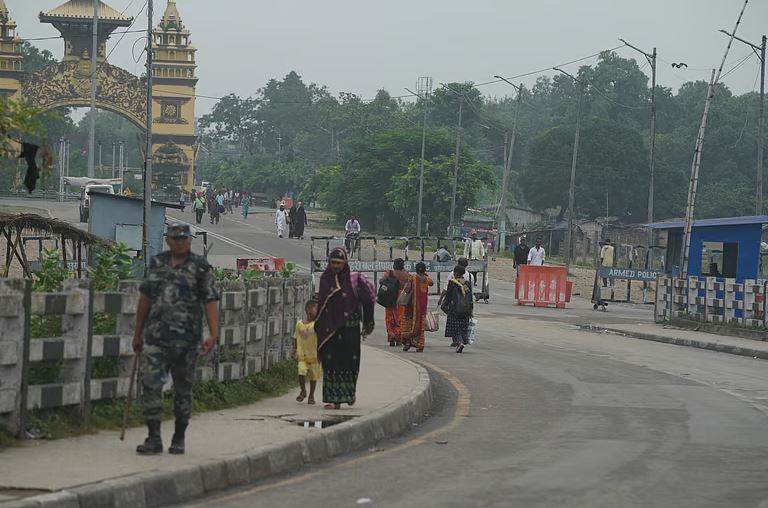Kathmandu and other major cities in Nepal are returning to calm after violent protests that led to Prime Minister K P Sharma Oli’s resignation. The Nepali Army has stepped in to restore order, enforcing restrictions on movement and warning against violence.
The protests, led by young “Gen Z” demonstrators, broke out after at least 19 protesters were killed in police firing. Anger over corruption, unemployment, and a government ban on social media fueled the unrest. Protesters stormed government offices and torched homes of senior political leaders, forcing the government to step down.
Army Takes Control of Security
On Tuesday night, the Army assumed command of security operations across the country. Troops and tanks were deployed in Kathmandu, Lalitpur, and Bhaktapur, where streets were nearly empty as soldiers patrolled. Loudspeakers warned that vandalism, looting, and arson would be punished as crimes.
Kathmandu airport, which was closed during the chaos, is set to reopen Wednesday evening.
Youth Demand Reforms
Although the immediate violence has slowed, protesters say their movement is not over. Gen Z demonstrators demand reforms, better job opportunities, and an end to political corruption.
“Our Prime Minister ran away. We want new leaders, new rules, and more opportunities for youth,” one protester told reporters.
The protests began on September 8 after the government banned 26 social media platforms, including Facebook, Instagram, YouTube, and X. Although the ban was lifted, anger over corruption and lack of accountability remains.
Calls for Dialogue
President Ram Chandra Poudel has urged all sides to remain calm and work towards a peaceful solution. The Army Chief, General Ashok Raj Sigdel, also appealed for dialogue, asking protesters to end violence and join talks.
The United Nations and the International Crisis Group have warned that Nepal is at a turning point, urging restraint and political compromise.
India has expressed concern, with Prime Minister Narendra Modi saying that Nepal’s “peace, stability, and prosperity” are vital for the region.
What Lies Ahead
Nepal now faces a political vacuum. Analysts suggest forming a caretaker or transitional government that includes leaders trusted by the public, especially young people. But with no clear leader emerging from the Gen Z movement, the path forward remains uncertain.
Nearly 43% of Nepal’s population is aged 15–40, yet unemployment remains high. Many young Nepalis continue to leave the country daily in search of work abroad, highlighting the urgent need for reforms.
For now, order has been restored on the streets, but the youth-driven demand for change still shapes Nepal’s political future.
